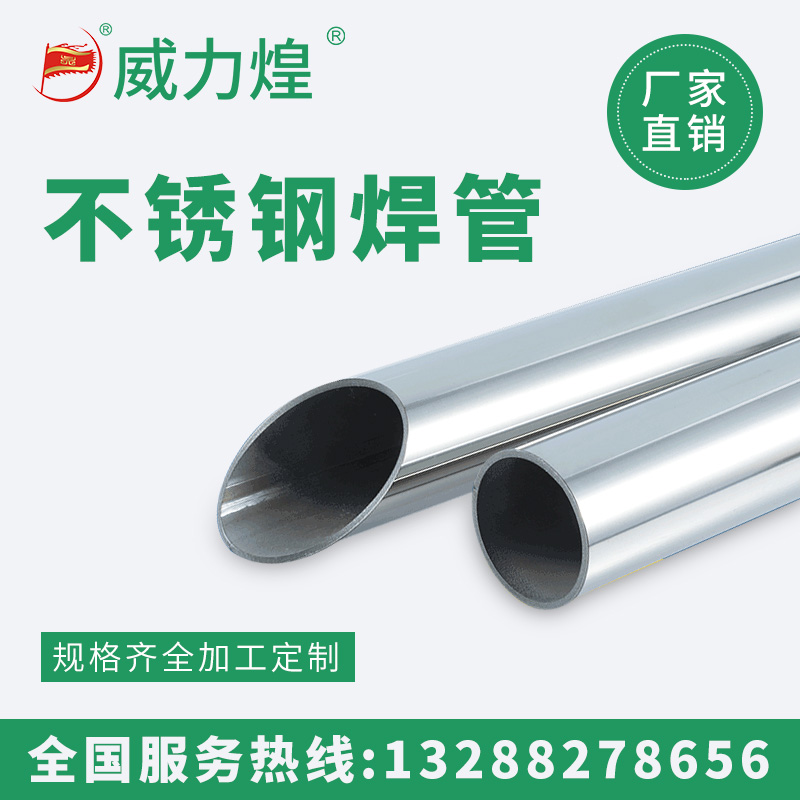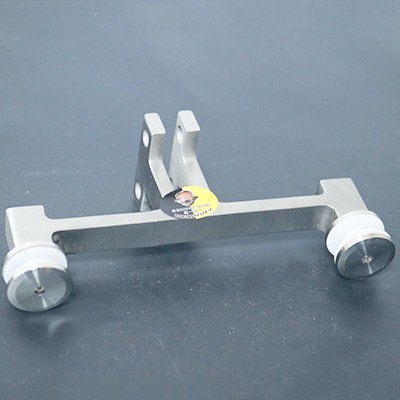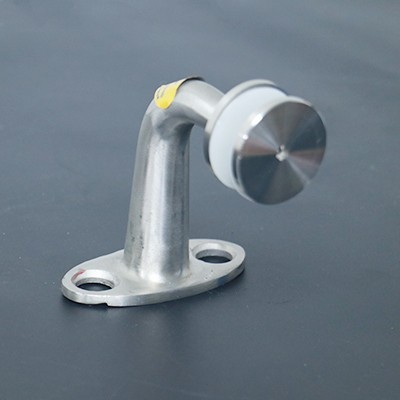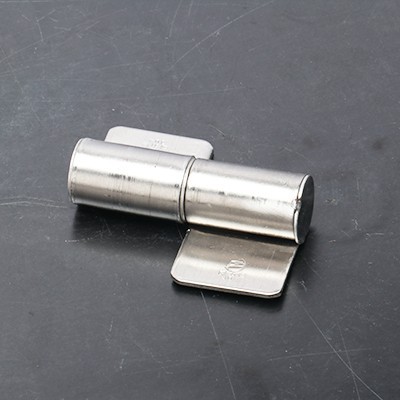Stainless steel fittings are actually products that are not prone to corrosion. Unless in some serious circumstances, no product can resist corrosion. If our stainless steel plates are corroded, it may affect their normal use. Therefore, in order to avoid this situation, we still need to take some preventive measures. Let's first understand the corrosion factors of stainless steel plates.
Stainless steel fittings are actually products that are not prone to corrosion. Unless in some serious circumstances, no product can resist corrosion. If our stainless steel plates are corroded, it may affect their normal use. Therefore, in order to avoid this situation, we still need to take some preventive measures. Let's first understand the corrosion factors of stainless steel plates.

The factors that cause stainless steel fittings to be corroded
1)Electrochemical corrosion
When stainless steel plates come into contact with carbon steel parts and cause scratches, they then form galvanic cells with corrosive media, resulting in electrochemical corrosion. If the pickling and passivation effect is not good, it will also cause the passivation film on the surface of the sheet to be uneven or too thin, which is prone to electrochemical corrosion, residue cutting, splashing and other rust substances adhering to the sheet, and then form a galvanic cell with the corrosive medium, thereby causing electrochemical corrosion. Incomplete pickling and passivation cleaning leads to chemical corrosion between the pickling and passivation residues and the sheet, and then forms electrochemical corrosion with the sheet.
two)Chemical corrosion.
Under certain conditions, many oils, dust, acids, alkalis and salts adhering to the surface of stainless steel plates will transform into corrosive media and undergo chemical reactions with some components in the plates, leading to chemical corrosion and rusting. The cleaning, pickling and passivation were not thorough enough, resulting in residues that directly corroded the plate. The surface of the board was scratched, causing damage to the passivation film, reducing the board's protective ability, and making it prone to react with chemical media, resulting in chemical corrosion and rusting.
The above is an introduction to the factors that cause corrosion of stainless steel parts. I hope this article by the editor can offer some help and reference value to everyone. Additionally, if you have any needs, you can directly contact and consult our company. Our company attaches great importance to product quality and performance, and we also have a relatively complete after-sales service process. There is no need to worry about after-sales issues either.





 +86 189-2994-8884
+86 189-2994-8884  +86 40000 18348
+86 40000 18348 workweixine4959b@www.wlh348.com
workweixine4959b@www.wlh348.com Building K, Jinguagang Ceramic Market, Shiwan Street, Chancheng District, Foshan, China
Building K, Jinguagang Ceramic Market, Shiwan Street, Chancheng District, Foshan, China
 Wechat QR code
Wechat QR code Mobile phone QR code
Mobile phone QR code Wechat official account
Wechat official account